mdby……ERNA AALTONEN
Erna Aaltonen, Round, abstract, sculptural forms fascinate her. We have talked to her, and we have learnt more about her work.
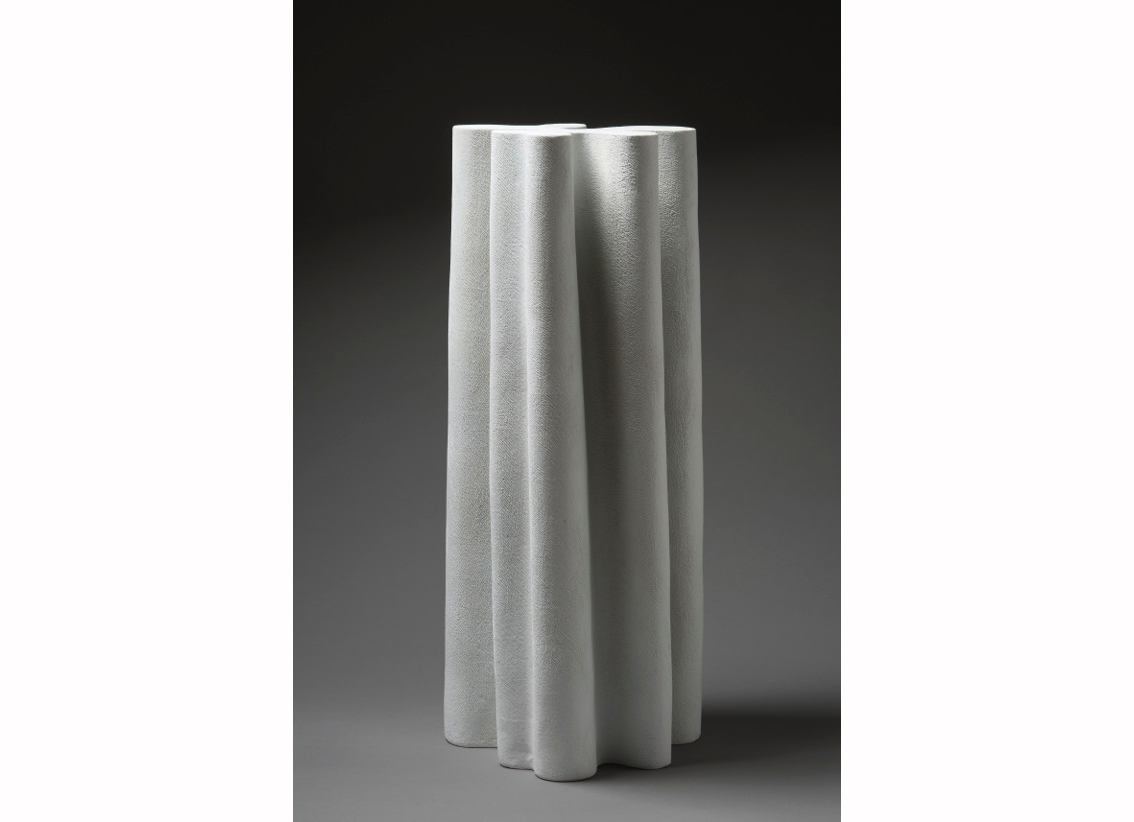
Erna, your work is very attractive, because it seems heavy because of the texture and colors, but they give the impression to be floating, how do you get this?
The floating effect is simply received by the angle from which the work starts to grow from its base. Only when you look at the work directly from the side can you see the point of contact with its supporting surface.
The surface texture has a lot of presence, what is more important for you, the final finish with rubbed oxides, or is the shape also important for you?
The surface texture and the glazed colors, they are really my thing. But of course the form is of great importance. Together they make up the work.
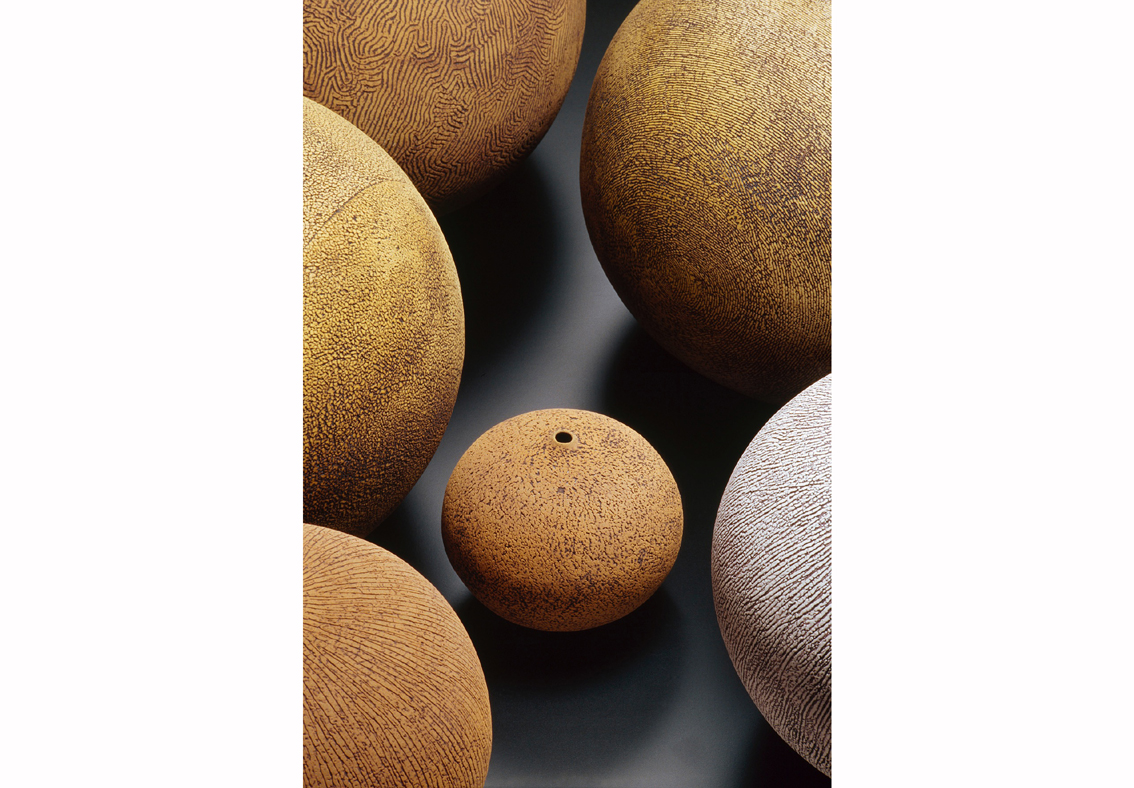
How did you begin?
When I was young I worked in odd jobs and then I started to make beads of a claylike material, they were good-looking and I was able to sell them, but the synthetic material disturbed me. A friend of mine one day put the application papers to the design school in front of me and said: I think you should go there. I was thirty years old when I finally started studying ceramics.
When you were a kid, was this your dream job?
I can’t recall dreaming of any job as a kid, but as a teenager I was dreaming of working with glass.
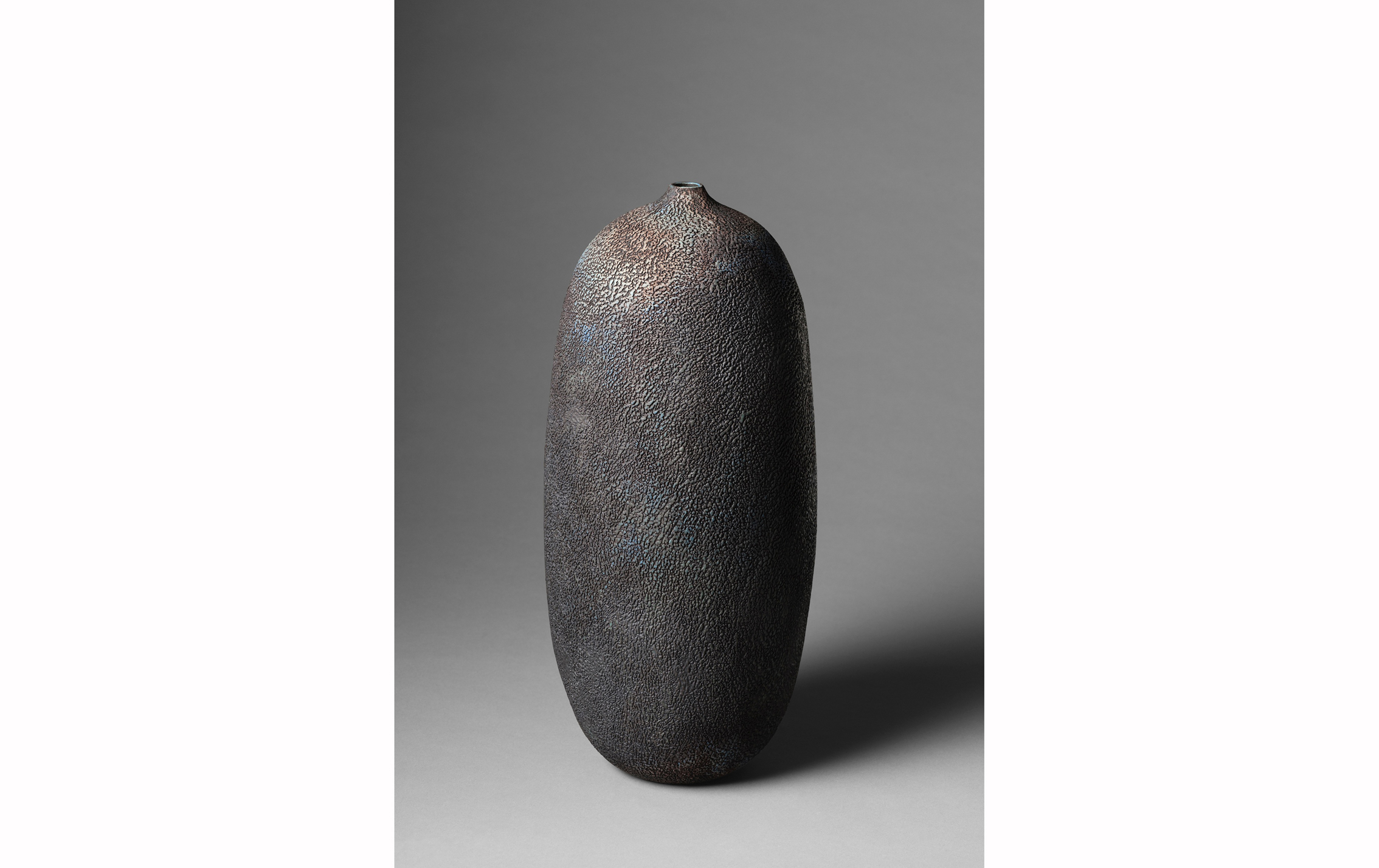
Have you found what you were looking for in life through ceramics?
Yes — and more. Once it became clear for me that I had to have an independent work and that it had to be in arts and crafts, my life started to unfold.
What surrounds you in your life and work?
I live in a small old ironwork village surrounded by beautiful nature and inhabited by a wonderful community of special people, many of them artists, designers or crafts people. My husband is an artist and I have a little dog. My studio with the kilns is at home.
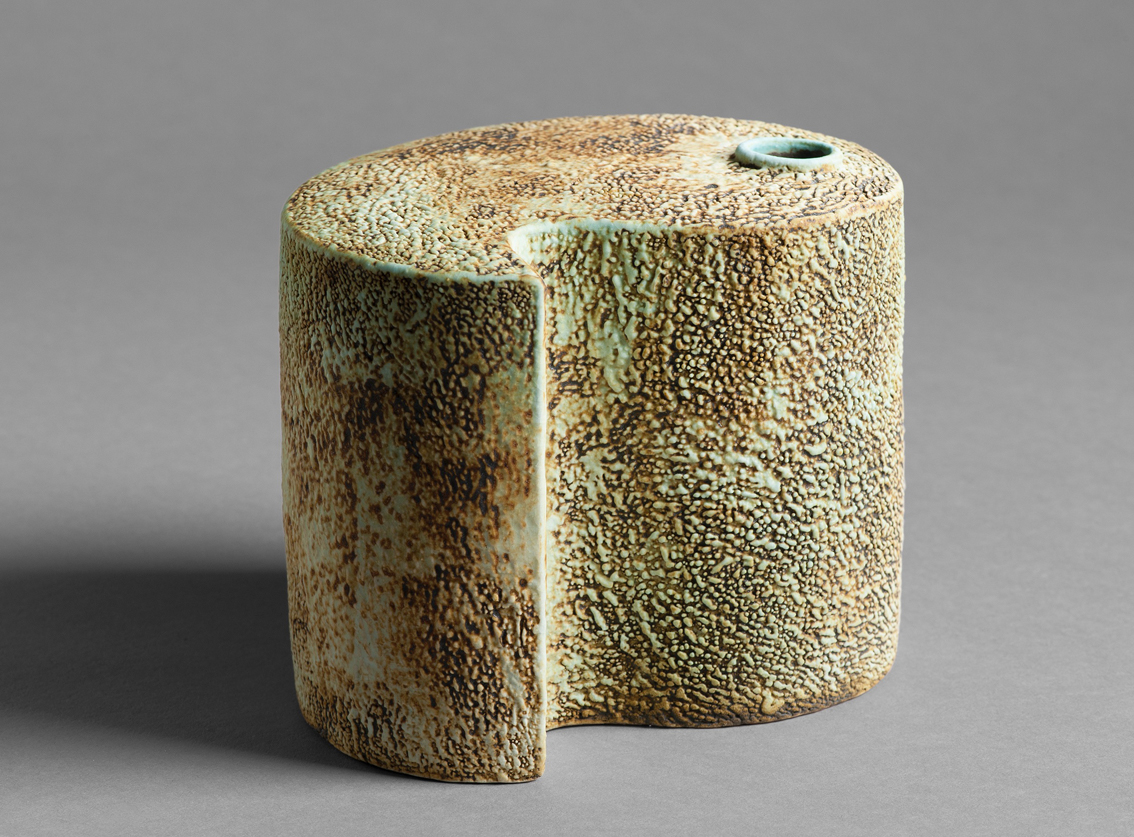
How did you learn the technique you use in your work?
I build from thinly rolled, ribbon like strips of clay that I join from edge to edge. Nobody has taught me this; however there certainly must be many ceramic artists who use somewhat the same method. I have just developed my own way of doing it.
You use organic colors, such as pink, black, and ochre; what does color signify for you?
If by organic you mean colors that come from plants, they would actually burnout during the firing process. Normally I use the metal oxides, such as iron, copper and manganese oxide. I prefer the liveliness and unpredictability of the raw metal oxides to the stability and rather dead look of factory produced color pigments. I have always loved color.
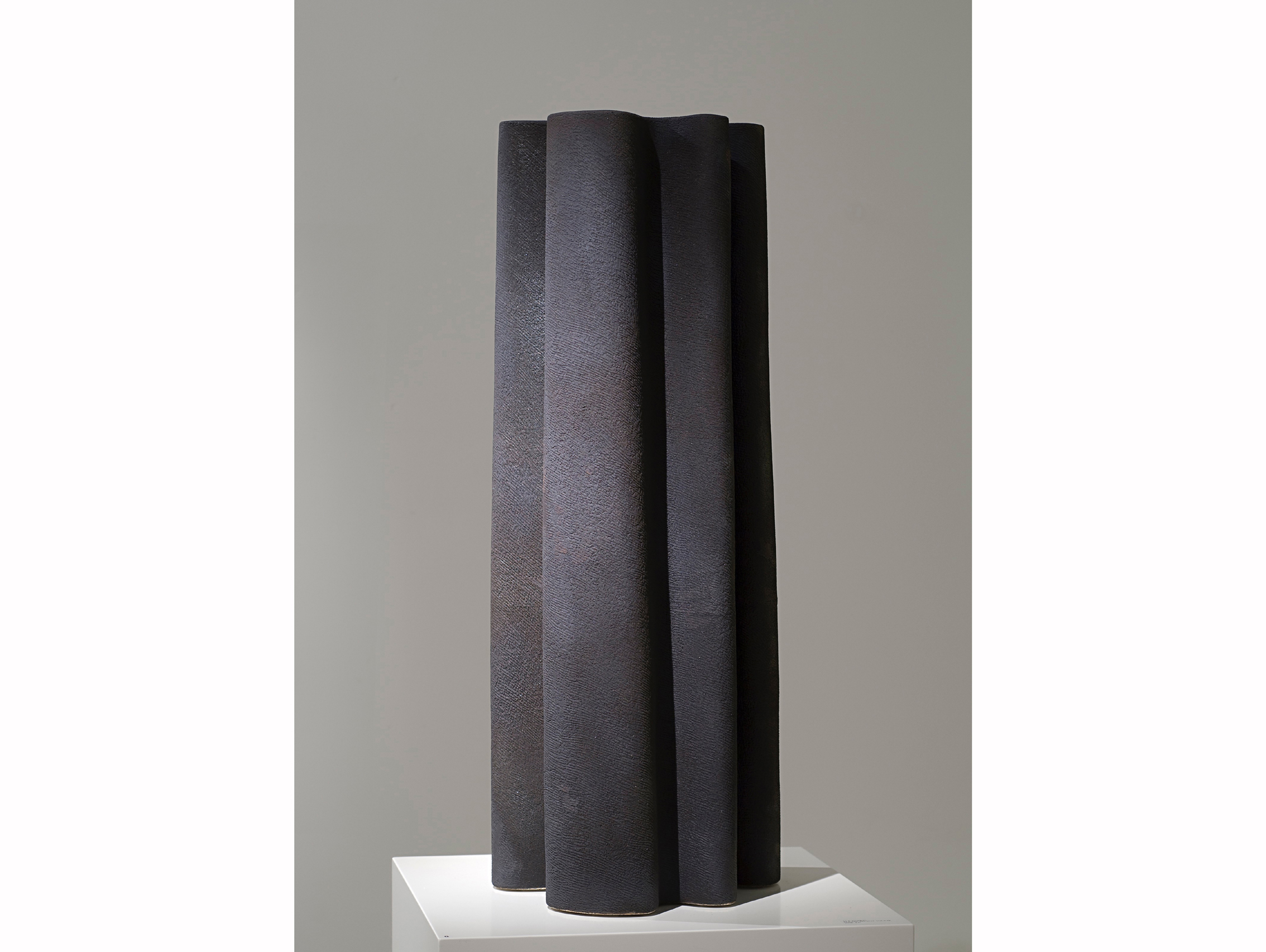
Who in the industry do you admire?
Among the contemporary ceramic artists who have influenced me most are: Jennifer Lee from England, who hand builds small delicate open forms, and Kati Tuominen-Niittylä from Finland for her vigorous work.
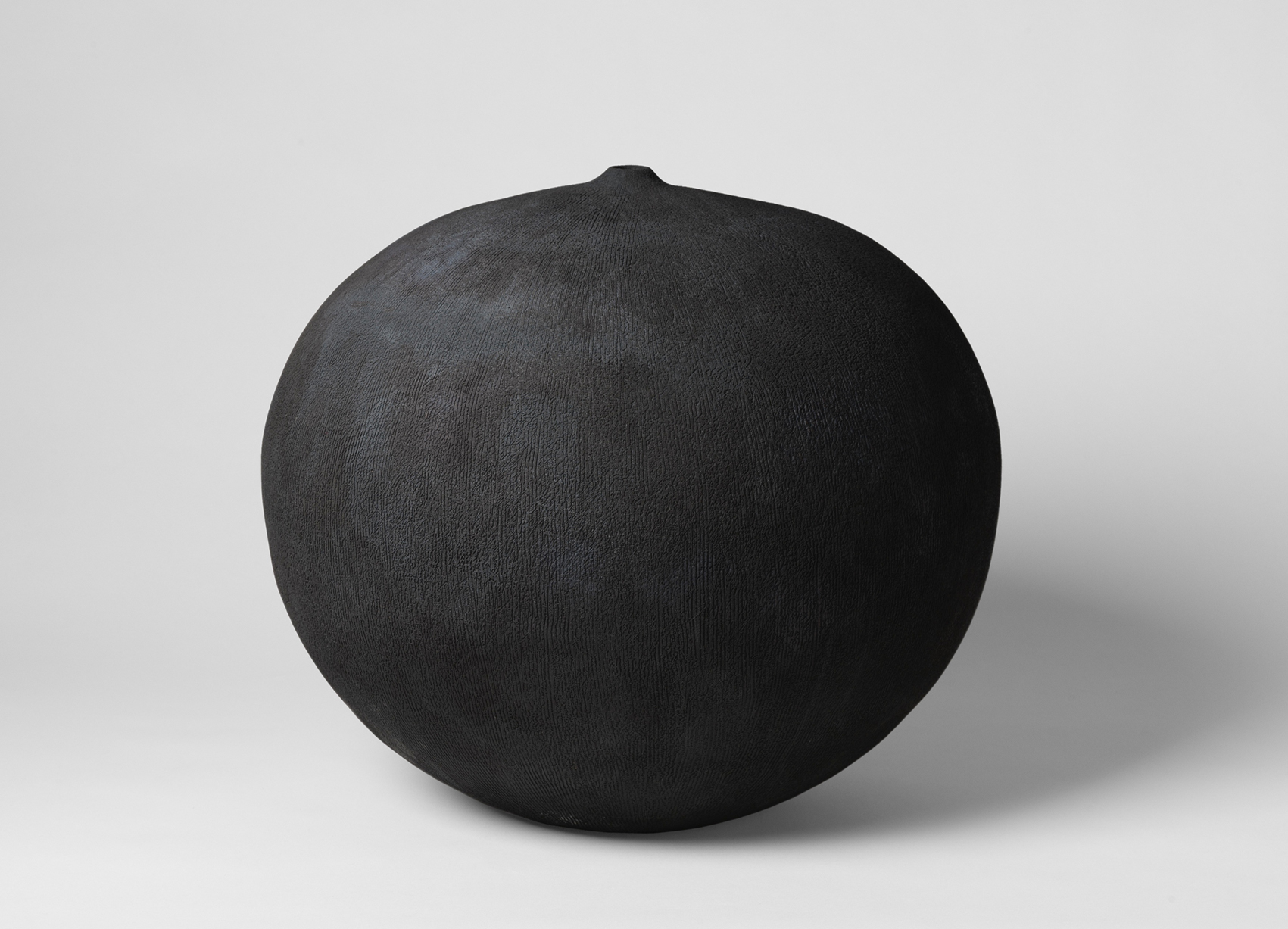
CWhat have been the best moments in your professional life?
Every now and then a jewel comes out of the kiln.
And the worst?
There have been many disasters along the way. Some works have broken in the firing process, some I have broken by accident, some I have glazed too heavily — you name it.
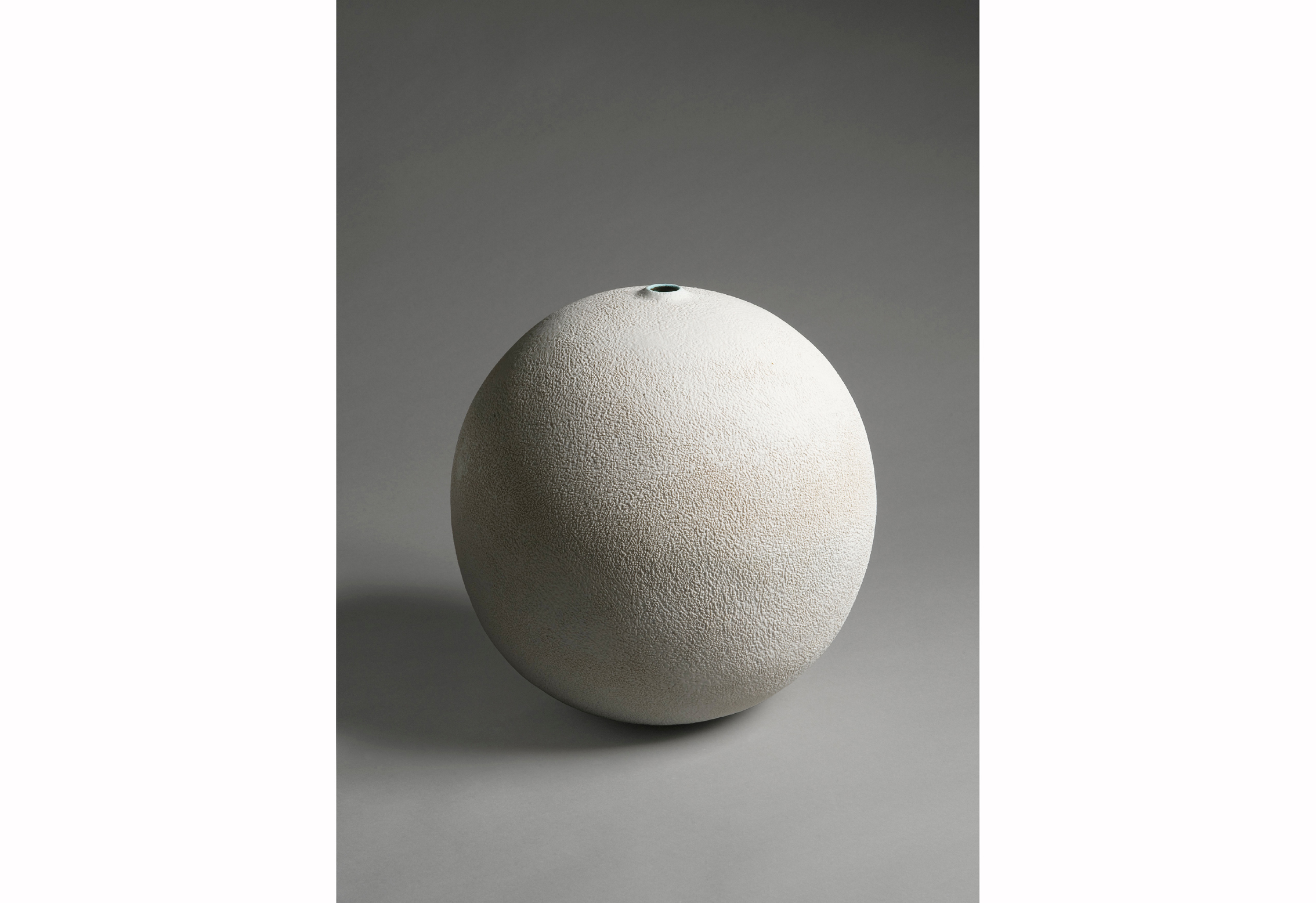
For whom you fabricate these pieces? Do you ever imagine who the client could be?
I have not considered for whom I would make my works other than for myself.
What is the process for a ceramic design until it is ready to be sold?
It is a long and slow process. You can see these pictures illustrating the process.
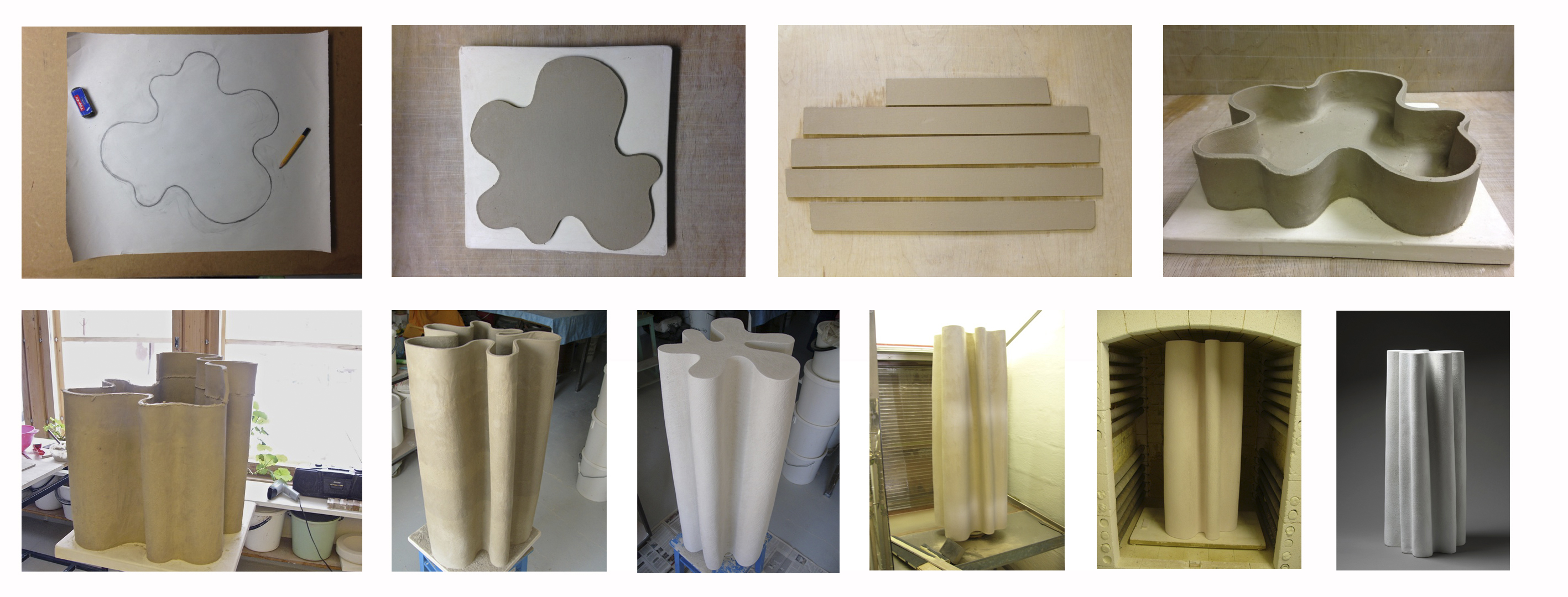
What would be your ideal project?
To produce a collection of works for a specific area.
And your perfect day?
My perfect day starts with a swim in a nearby lake, followed by a good breakfast on the porch. I know I have the whole day ahead of me to work in my studio without any pressure of meetings, undone e-mails or office work. If I need a break during the day I might go for a walk in the forest with my dog and pick up some mushrooms. In the winter I would just like to sit in front of the fire and drink some whisky.
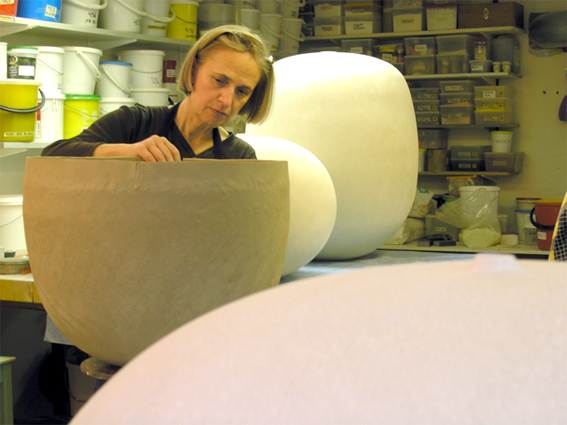
What is the most difficult thing in your work?
To find uninterrupted time to concentrate on the work in my studio.
What do you like most in your work?
The satisfaction when I realise that it has all come together.
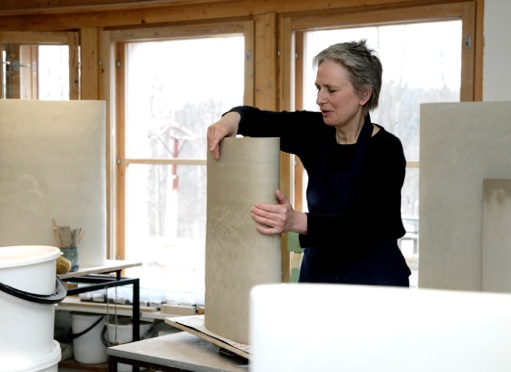
What is beauty for you?
I am primarily attracted by nature.
An advice?
In “One Hundred Years of Solitude” from Gabriel García Márquez the old gipsy Melquíades says: “Things have a life of their own. It’s simply a matter of waking up their souls.”